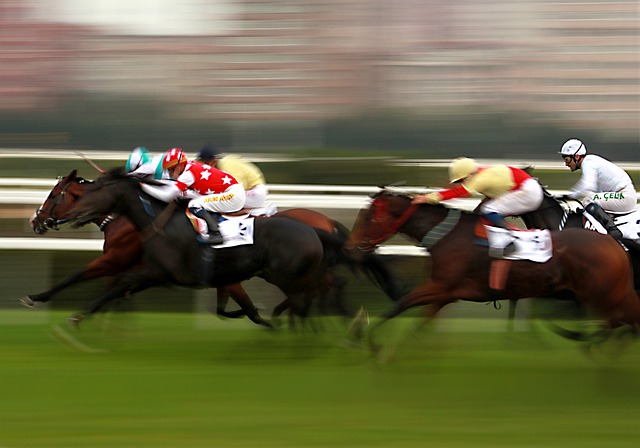For generations, artists have been captivated by betting and gambling, which has been a captivating topic for paintings, books, and movies. These arts offer a deep look at the attraction and danger of gambling. They often reflect the attitudes, feelings, and social settings around gambling in history.
In Painting
Paintings from the past have portrayed gambling situations as both an aristocratic hobby and a sin among plain people. Artists such as Caravaggio painted “The Cardsharps” throughout the Renaissance. The suspense and dishonesty of card games were well-captured. The artwork emphasized how much individuals like being crafty and deceitful. Later, the Dutch painter Jan Steen created lively paintings of taverns. He did this during the Baroque era. Characters that gambled were frequently included. The scenes illustrated how gambling affects society and morality.
In Literature

Perhaps the richest vein of gambling inquiry can be found in literature. The novel “The Gambler” by Fyodor Dostoevsky examines the existential and psychological consequences of roulette addiction. It provides insight into the thoughts of gamblers and the effects of gambling on social and personal lives. In a similar vein, Charles Dickens often used gambling in his writing. He used it to criticize Victorian society and the gaps between the rich and poor. In these literary works, gambling is a mirror. It reflects society’s ideals and personal character. It’s not just a game of chance.
In Film
The idea of betting has also captivated moviegoers, who frequently use it as a main motif to advance the plot and examine character development. Timeless movies like “The Sting” and “Casino Royale” portray the glitz and peril of the gaming industry by deftly constructing complex stories that highlight cunning, treachery, and good fortune. “Uncut Gems” and other more contemporary films examine the high-stakes dangers associated with gambling addiction. They expose the addictive, sinister aspect of betting.
Cultural and Psychological Dimensions
In each of these artistic expressions, gambling is presented as a complex pastime that reveals societal perspectives on fate, luck, and taking risks. Writers, filmmakers, and artists use gambling to explore human emotions and motivations. These range from exhilaration and hope to greed and despair. By doing this, they demonstrate how gambling may function as a social commentary tool and provide a critique of economic and social structures.
Educational and Cautionary Tales

Numerous creative depictions also have instructional or warning intents, alerting viewers to the dangers of compulsive gambling. These tales frequently address the ethics and morality of gambling. They emphasize the consequences of losing command.
The Modern Betting Experience
Betting is still changing nowadays. It’s shifting online, where sites like 20Bet provide a contemporary gaming experience. This contemporary take on betting keeps the timeless appeal that has drawn artists in for generations, but it also adjusts to the digital era by fusing old and new.
In conclusion, artwork that explores betting offers insightful perspectives from the canvas to the screen. It illustrates how gambling is evolving and how society is still affected by it. These representations highlight both modern and historical gaming habits. They also explore the ethics and psychology of gambling. They provide a thorough examination of mankind.
